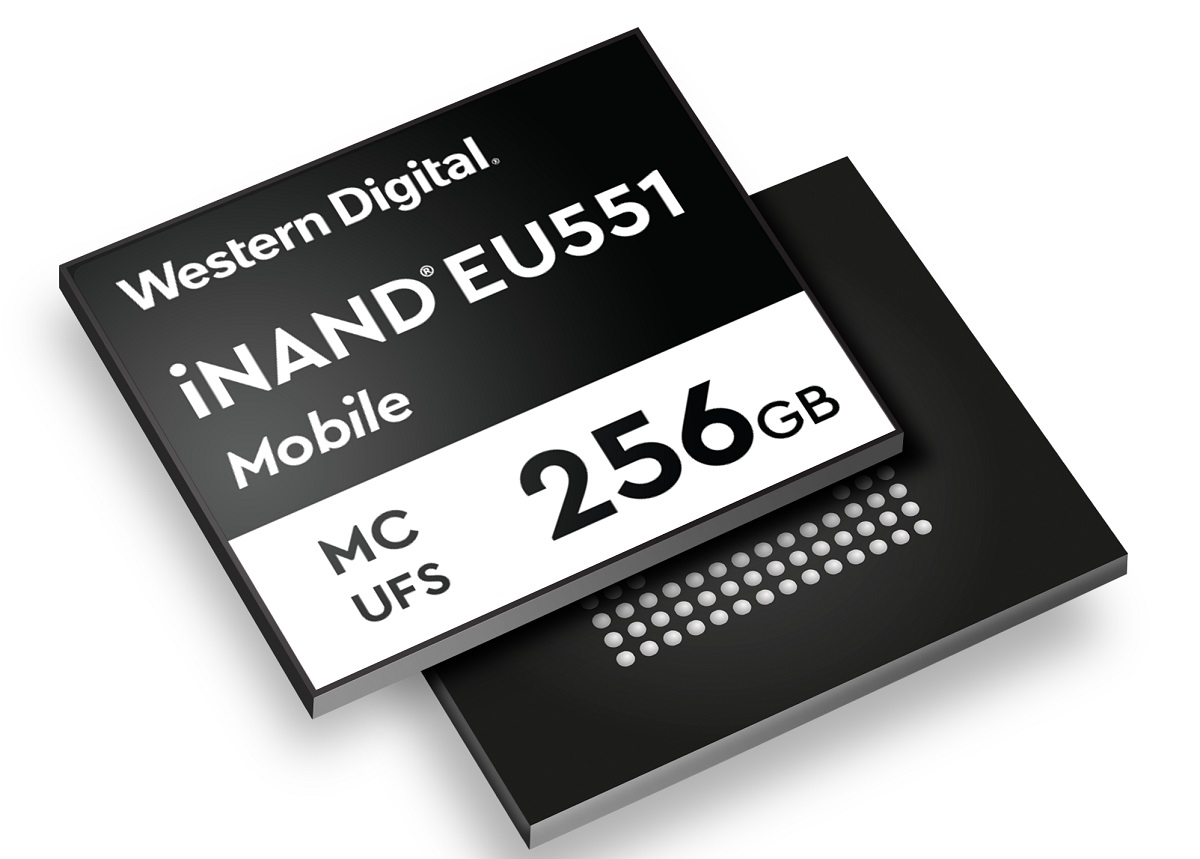Western Digital has unveiled its second-generation UFS 3.1 storage products for a new generation of 5G smartphones. It won’t be long before you’ll have 512GB of storage on your smartphone.
The San Jose, California-based company said its new flash memory chips will deliver the performance and capacity to support the data-rich multimedia applications smartphone users expect in a 5G world.

Unlock premium content and VIP community perks with GB M A X!
Join now to enjoy our free and premium membership perks.
![]()

![]()